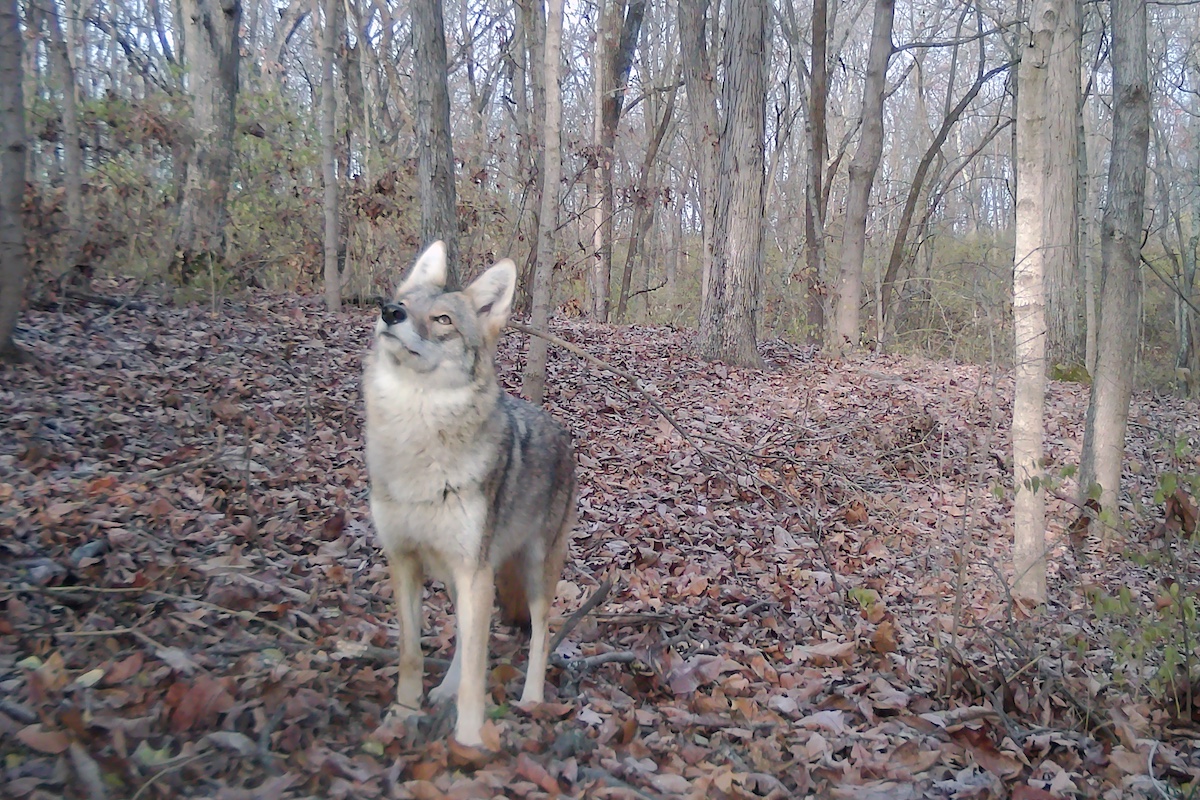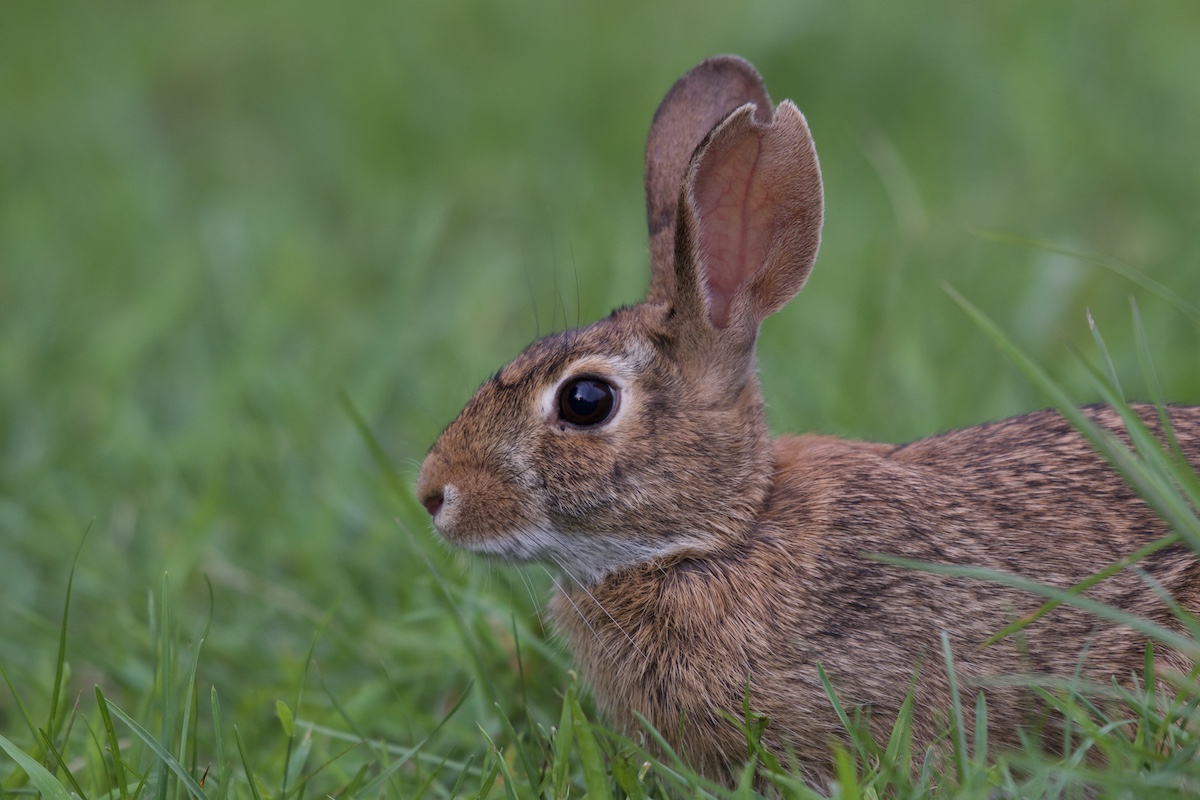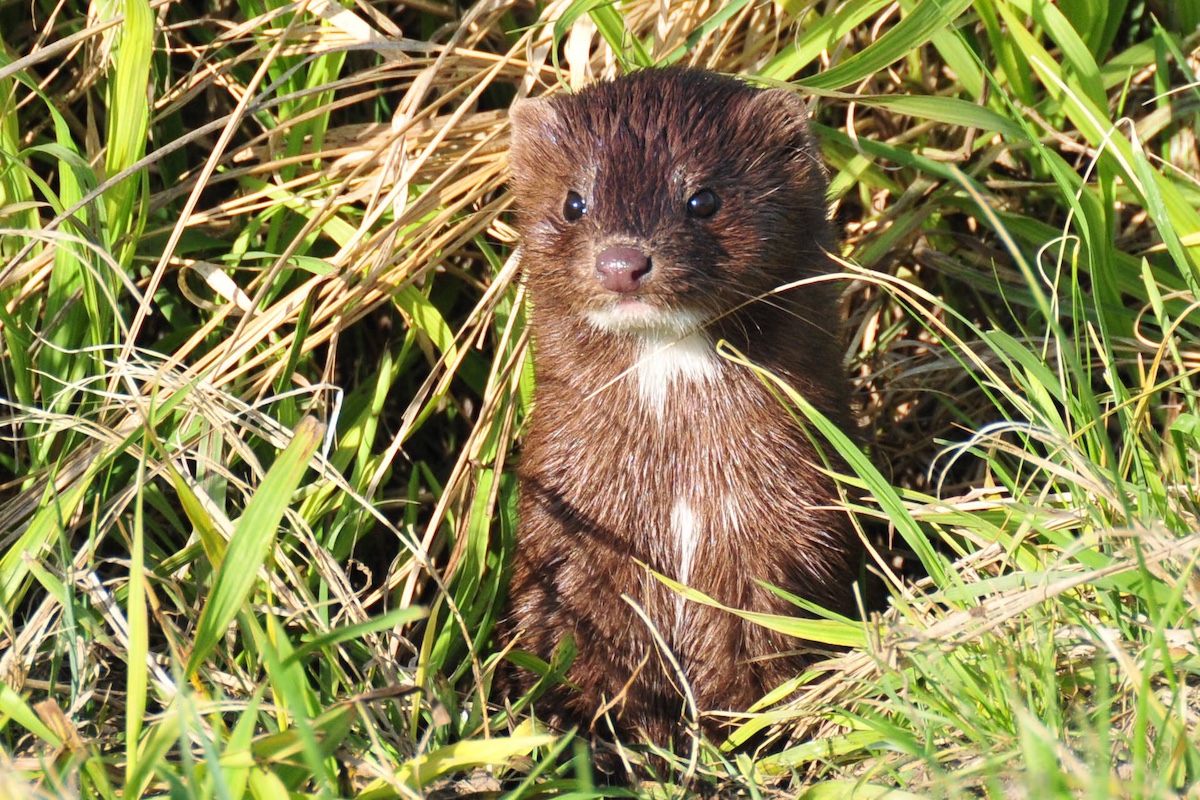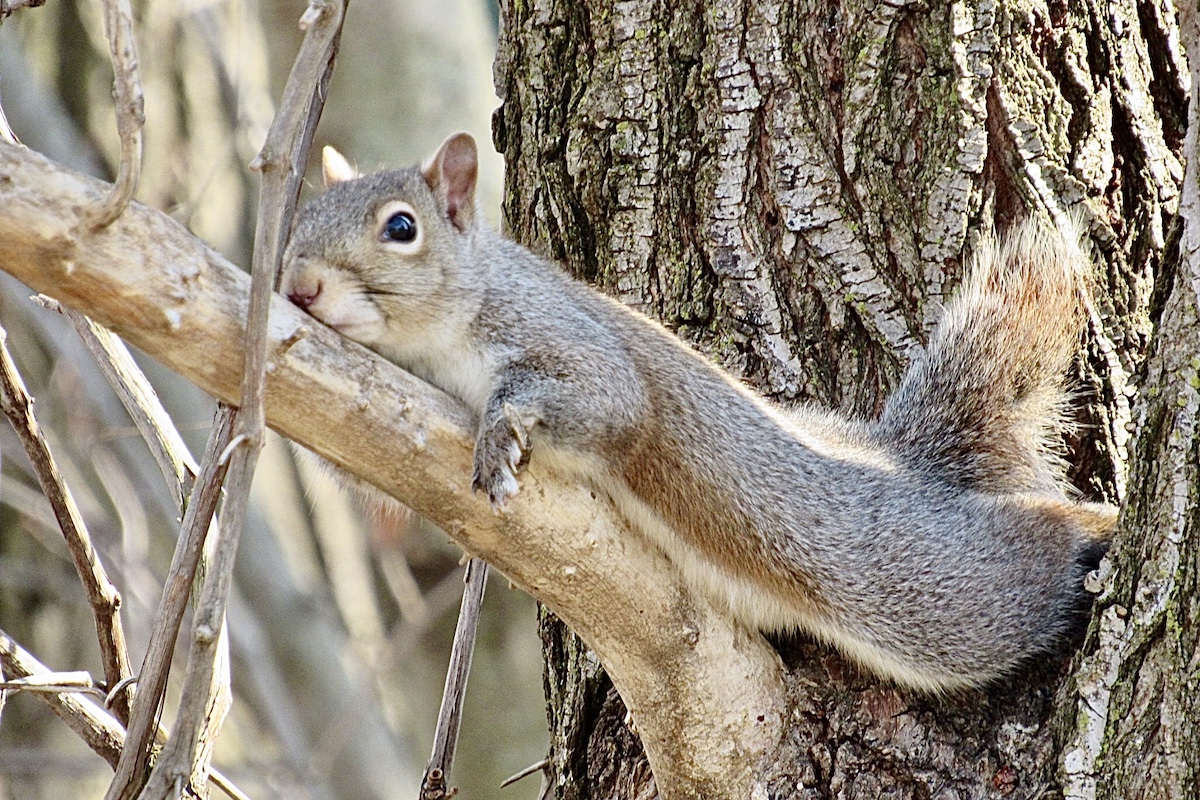
Photos by the author.

It is said that the late Ernest Thompson Seton (naturalist, author, wildlife artist, and one of the founding pioneers of the Boy Scouts of America), once described the skunk as the “emblem of America.” And when you think about it that statement is so true.
Despite their not so lovely aroma, skunks played a vital role in early American life. Early fur trappers valued skunk furs. Native Americans held them in high regards both spiritually and as a food source. Today, hunters and trappers find recipes and detailed instructions for cleaning skunks—and avoiding the unpleasant smell in the finished meal—from online sources.
Found throughout North America, and in every county in Illinois, the skunk is common creature of field edges, woodlots, cemeteries—and sometimes under the porch of a city dweller—although they are seldom seen. They mainly eat insects but will eat a wide variety of foods including fruits, vegetables, roots, small mammals, birds, amphibians, reptiles and carrion. In large part, skunks aren’t seen as they lead a nocturnal lifestyle and are seldom out and about during daylight hours. While they are known for their striking black and white features, it is their pungent scent that leaves a lasting impression.
Why do we smell skunks more in February and into March? Mating season for skunks begins about mid-February and it could last for a month or longer. So, what does this have to do with that odor in the air?
Males wander their territories in search of willing females to mate with. If a female is not too keen on the idea and refuses to mate, she will spray, leaving a lingering scent in the countryside or even your neighborhood. If two males are fighting over a female, they, too, will spray. Therefore, if you go out to walk the dog at night and that sweet scent hits you there just might be a skunk—or two—nearby. Some people do not find the faint scent of a skunk offensive, but the closer you are to the source, the more noxious the odor is!

What about that spray? Skunks have two glands, one on each side of the anus. The glands are what produces the spray, which is a mixture of sulfur-containing chemicals, such as thiols, which have an offensive odor. Located next to the glands are muscles which allow them to spray with great accuracy, up to 10 feet. In fact, some spray may reach 20 feet. Skunks will carry just enough chemicals for five or six consecutive sprays at which point 10 days is needed to produce more.
Hopefully you never get to within 20 feet of a skunk but what if you do? A direct hit can cause temporary blindness, nausea and vomiting. How do you know to get the heck out of there before you get blasted? Skunks will give you a few, very subtle, hints. They begin by stomping their feet and then will raise their tail, with the fur fully extended. This is when you know what is coming.
Just because you smell a skunk does not necessarily mean that one is close by. The spray is so powerful that it can be detected by the human nose up to 3.5 miles away. That is if you are downwind.
Even in the animal kingdom the skunk has a reputation. Despite having poor eyesight, they are seldom preyed upon by mammals, such as coyotes or foxes as these animals quickly learn the outcome of a close encounter. An attack from above—usually an aerial assault from an owl or hawk—is one weakness in a skunk’s defense that, despite the spray, often leads to the demise of the skunk.
And what do you do if you or your pet have the unfortunate encounter with a skunk? Remember that a formula for a solution to treat skin (keep away from eyes), clothes, or pets is available at Wildlife Illinois.

Kevin Wright is an award winning outdoor writer and wildlife photographer whose work has been published in a number of publications and websites throughout the country. He lives and works out of central Illinois.
















Submit a question for the author
Question: Greetings, my friend.
I know this article is a few years old but I love skunks so I wanted to comment. I’m a skunk whisperer. I say that because I sit outside most every night, with good weather, and wait for skunks to show up. I love them. Being close to them is my zen. On a great night they get close enough to pet. Our male walks out of range but the females don’t seem to mind and even push against my hand, the way kits push against their siblings.
Skunks (well, I’m only familiar with mephitis mephitis) are bold and gentle and sweet with me because I sit still and quiet. And because they can tell I have no fear of them. I’m predictable.
Also, I’ve been told by a Native American friend that some Native people kept skunks around for rodent control and even as pets for children.
I spent some months, four years ago, looking into a vaccine against rabies for skunks. It turned out that lots of people had come before me and all of us received the same answer; it would be a very expensive process and any company producing a vaccine would be unlikely to recoup their investment. Skunks are just not popular enough as pers.
Thanks again. Sorry to take so much of your valuable time.
My email address is private, btw. I appreciate your understanding.